The United States has reportedly begun deploying surveillance drones over the Gaza Strip to ensure that Israel and Hamas are complying with the ceasefire, The New York Times reported Saturday. The move comes as further nations sent representatives to help monitor US-led efforts to enforce the fragile truce.
According to the Times, citing two Israeli military officials and a US defense official, the US military has begun flying drones over the Gaza Strip to monitor the ceasefire. The flights are being conducted with Israel’s consent.
The officials did not say where the drones were being operated from.
The surveillance flights reportedly aim to provide Washington with an independent picture of the situation on the ground and assist the new Civil-Military Coordination Center (CMCC) in southern Israel that has begun operating to oversea the Trump deal.
The report noted that the US has in the past flown drone missions over Gaza in a bid to help locate the hostages, however, these flights appear to signal the Trump administration’s desire to verify developments in Gaza separately from Israeli intelligence channels.
“This is a very intrusive version of US monitoring on a front where Israel perceives an active threat,” Daniel B. Shapiro, a former US ambassador to Israel under the Obama administration, told the Times.
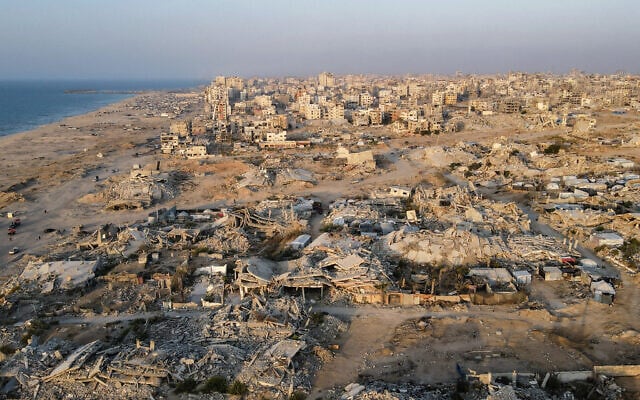
“If there was total transparency and total trust between Israel and the US, there wouldn’t be a need for this,” Shapiro said. “But obviously the US wants to eliminate any possibility of misunderstanding.”
The report comes as the US expanded its coalition of partners involved in monitoring and sustaining the fragile ceasefire in Gaza, with additional countries sending representatives to the CMCC.
In addition to Jordan, the UK, Germany, Denmark, and Canada — whose flags were raised at the hub’s unveiling earlier this week — Australia, France, Spain, and the United Arab Emirates have also joined the initiative, a US official confirmed to The Times of Israel on Friday.
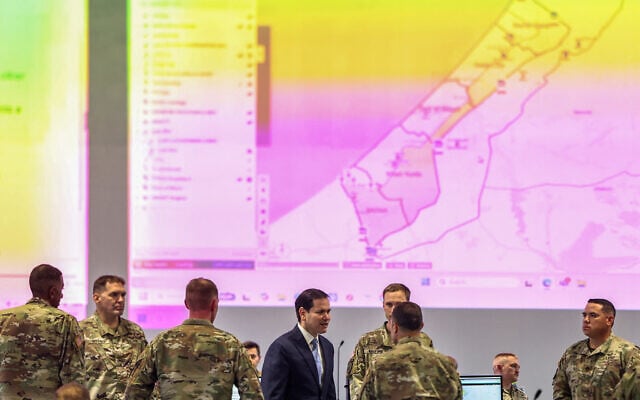
The CMCC, established under US leadership, is designed to coordinate humanitarian, logistical, and security assistance into Gaza while helping oversee the postwar stabilization phase. Roughly 200 American military personnel have been dispatched to set up the center, which currently hosts troops from several allied countries.
US Central Command (CENTCOM) stressed that American forces will not deploy into Gaza itself. “The CMCC is designed to support stabilization efforts… US military personnel will instead help facilitate the flow of humanitarian, logistical, and security assistance from international counterparts into Gaza,” CENTCOM said in a statement upon the center’s establishment.
The center was inaugurated on Tuesday by visiting US Vice President JD Vance, accompanied by CENTCOM Commander Adm. Brad Cooper and Lieutenant General Patrick Frank, who was appointed to lead the US Army team.
Despite the growing list of participants, the CMCC’s precise structure, command hierarchy, and legal status remain undefined. It is also unclear which countries, if any, will agree to send peacekeeping troops into Gaza as part of a future UN-mandated stabilization force.
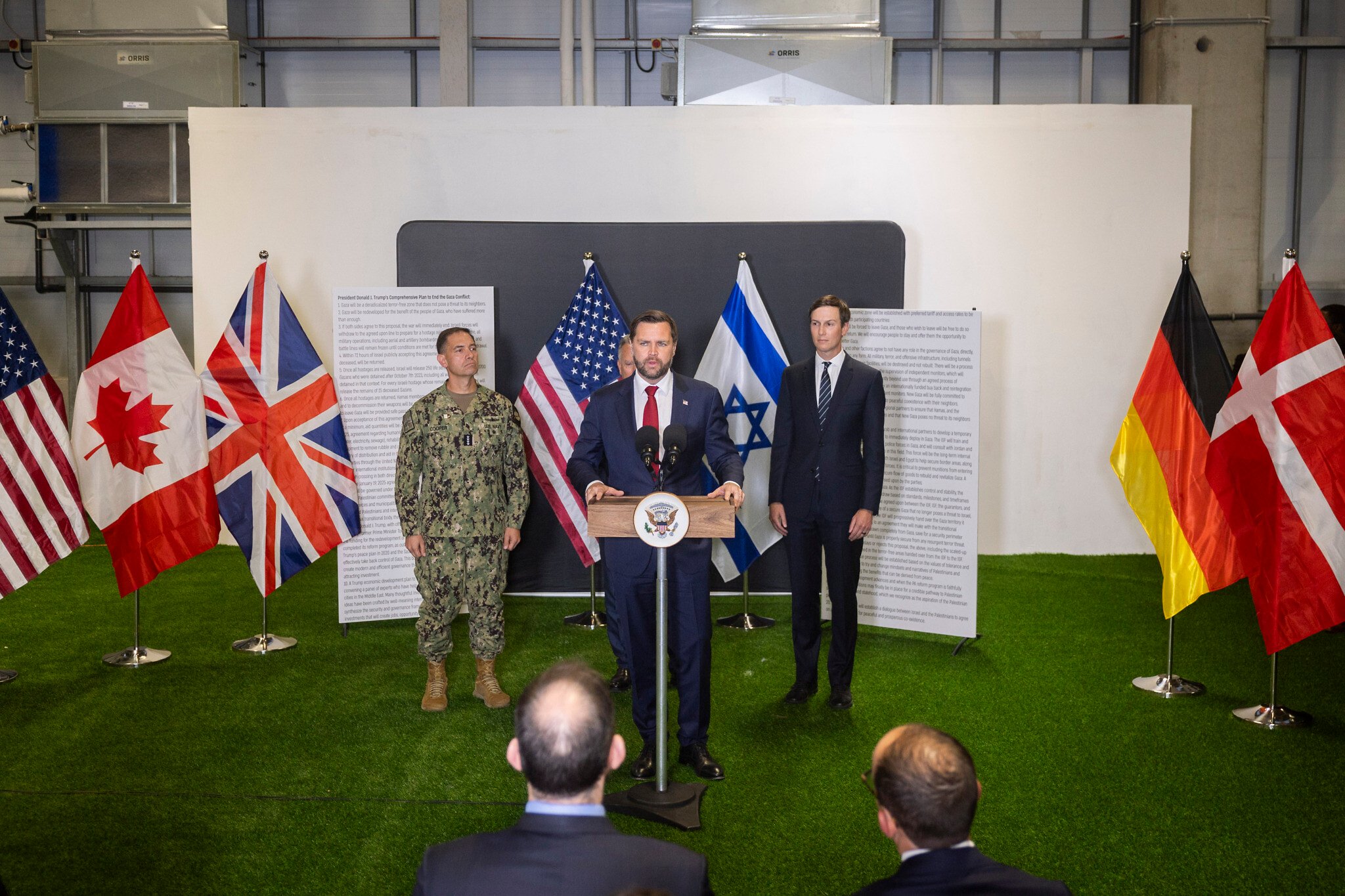
Among the main challenges of the force will be to oversee the disarmament of Hamas and the destruction of the remaining terror tunnels under Gaza
Channel 12 reported that Defense Minister Israel Katz told US Vice President JD Vance that some 60 percent of Hamas’s tunnel network remains intact. The network speculated that half of those tunnels lie near the “Yellow Line,” to which Israeli forces withdrew at the start of the ceasefire on October 10.
The report underscored lingering challenges for Israel’s defense establishment, which has struggled to fully dismantle Hamas’s vast underground infrastructure. The IDF earlier this year estimated it had destroyed roughly a quarter of Hamas’s tunnels since the war began, focusing primarily on attack tunnels and those used as command centers or weapons factories.
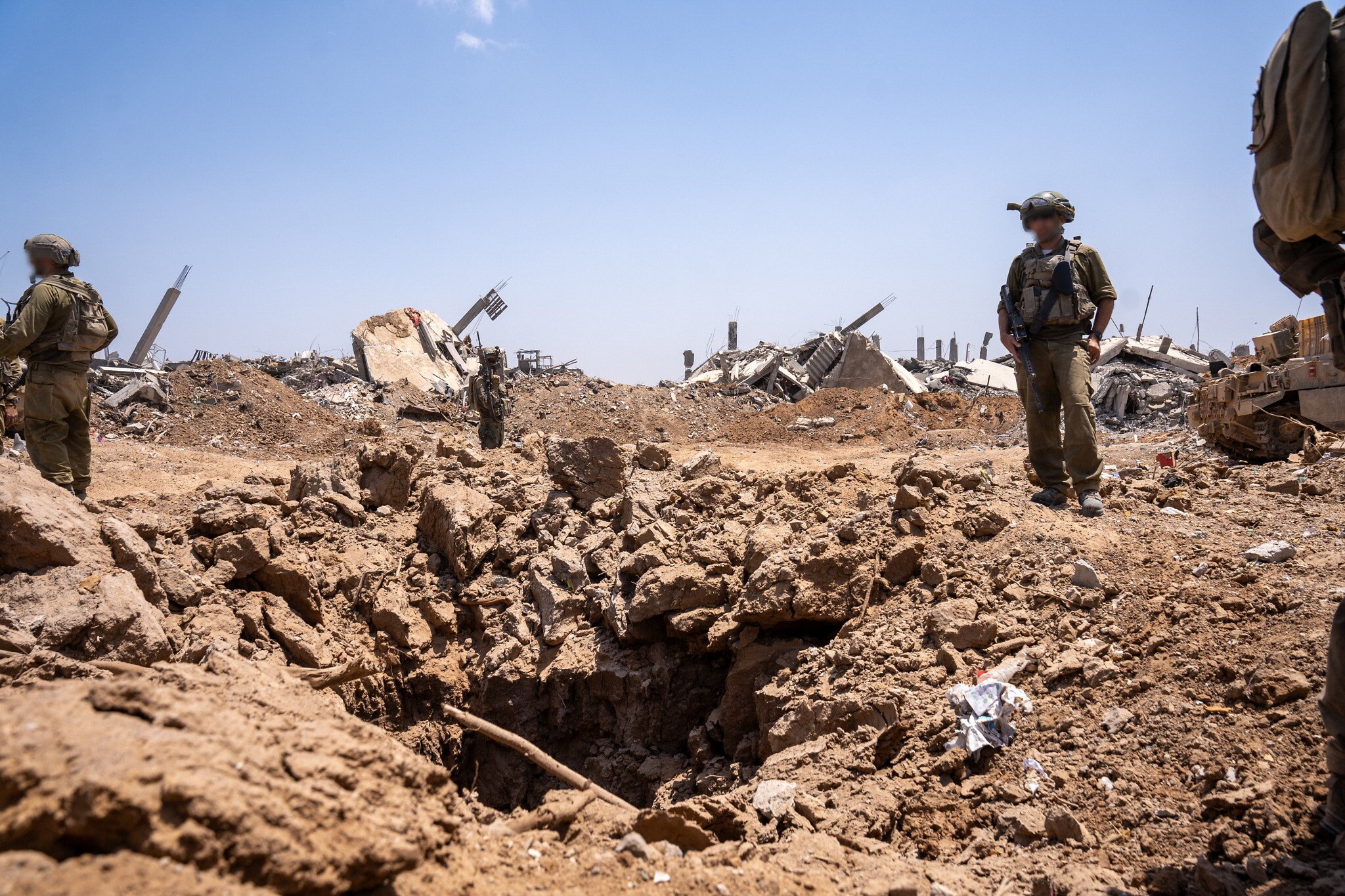
Recent Israeli military assessments found that Hamas retained roughly 20,000 members in its military wing — down from around 30,000 before its October 7, 2023, assault that killed some 1,200 people and took another 251 hostages, sparking the war.
According to the IDF, Hamas’s five regional brigades and 24 battalions were systematically dismantled over the 24 months of fighting, though some units in central Gaza were largely untouched.
While the IDF said it has killed over 22,000 Hamas operatives, the terror group has managed to recruit new fighters, though the army assesses that these recruits are less trained and less capable. The military now views Hamas as a weakened guerrilla organization, but one still armed with hundreds of rockets — mostly short-range — and thousands of small arms.
Alongside disarming Hamas, the focus is also shifting to post-war rule in Gaza.
Hamas on Friday issued what it described as a joint statement with other “Palestinian factions,” announcing an agreement to form an independent technocratic committee to administer postwar Gaza.
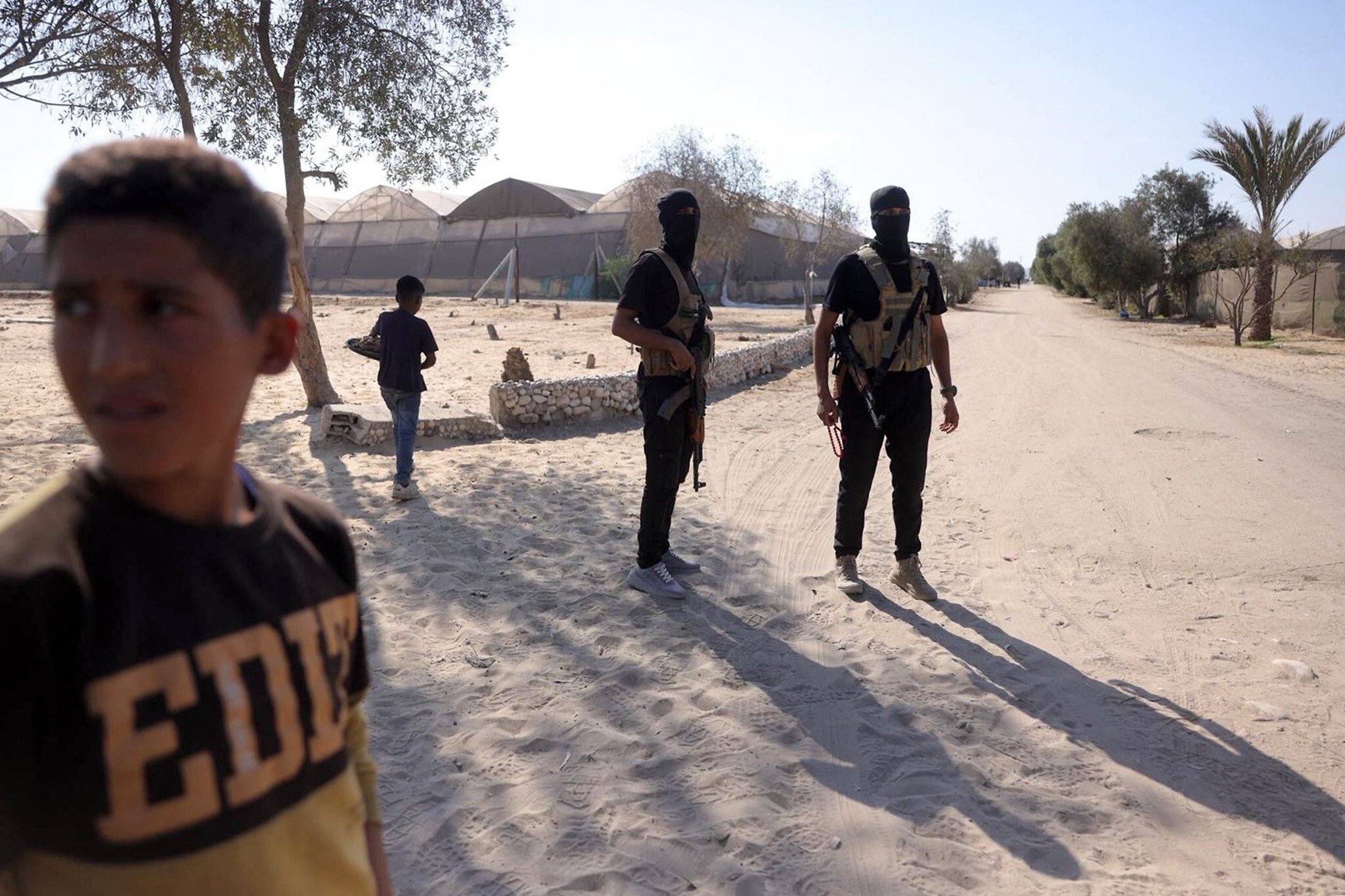
While the statement framed the move as a step toward a unified Palestinian front, it appeared largely symbolic. Hamas has long said it is willing to relinquish governing authority over Gaza, while leaving the question of disarmament to separate discussions.
Since the signing of the ceasefire agreement, Hamas gunmen have returned to the public eye across much of the Gaza Strip, particularly in Gaza City, where operatives have reappeared in the streets and resumed open activity. Local reports indicate that the group’s internal security forces have detained, beaten, and in some cases executed Gazans accused of collaborating with Israel.
Notably, Hamas’s statement made no mention of Fatah or the Palestinian Authority, amid reports that PA President Mahmoud Abbas instructed his aides to boycott the meeting over Hamas’s inclusion. It also offered no details on who would sit on the proposed committee — a body that would likely require US approval to operate.
Speaking at the CMCC on Friday, US Secretary of State Marco Rubio reiterated that Hamas “cannot be involved in governing Gaza in the future,” noting this stance is shared by all countries aligned with the Trump administration’s postwar plan for the territory.
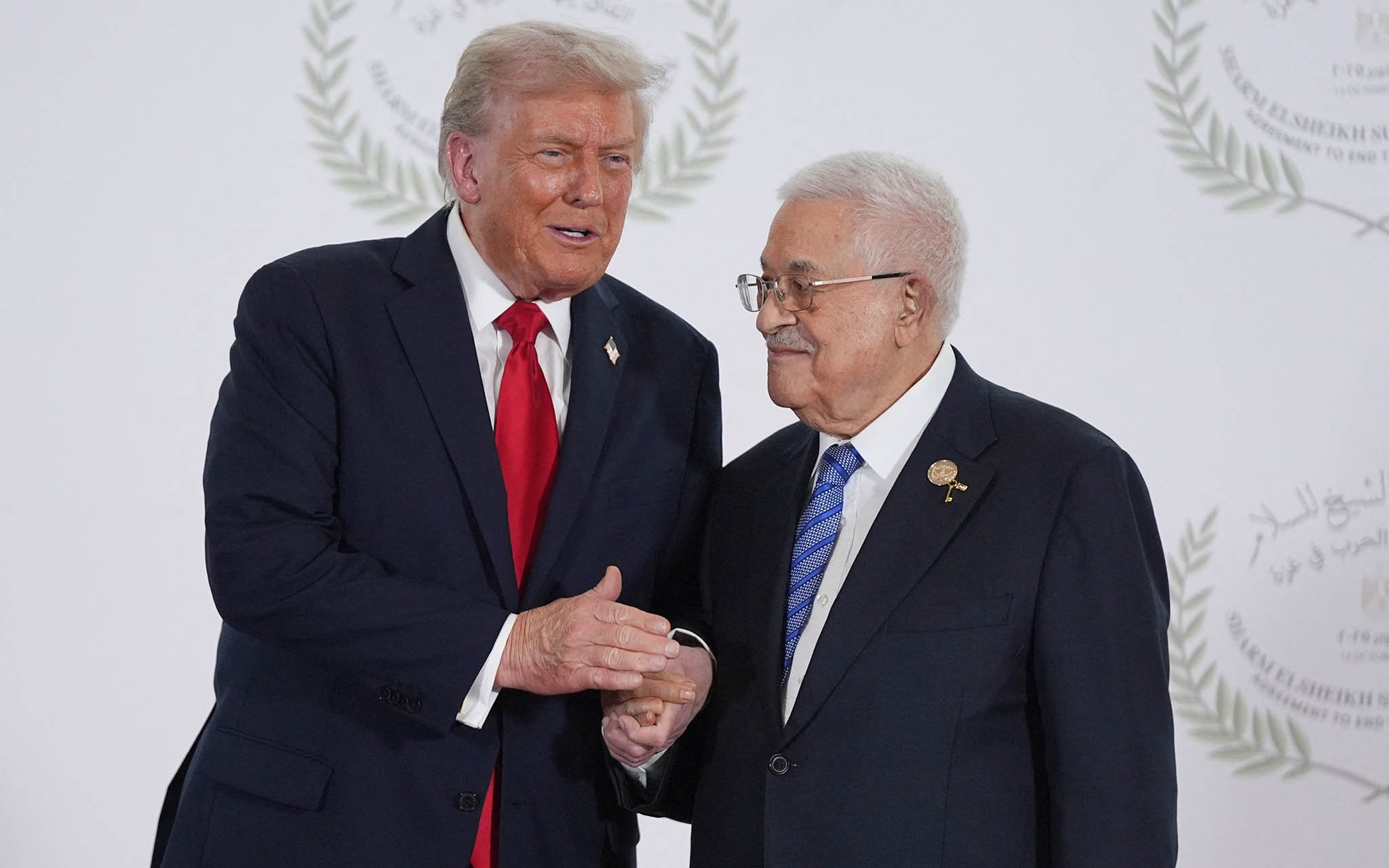
The statement followed an October 13 summit in Sharm el-Sheikh, where President Donald Trump joined the leaders of Egypt, Qatar, and Turkey in signing a framework for Gaza’s reconstruction and governance.
“Implementing the September 29 plan is not going to be a linear journey. There will be ups and downs and twists and turns,” Rubio said in reference to Trump’s 20-point peace plan. “But I think we have a lot of reason for healthy optimism about the progress that’s being made.”

